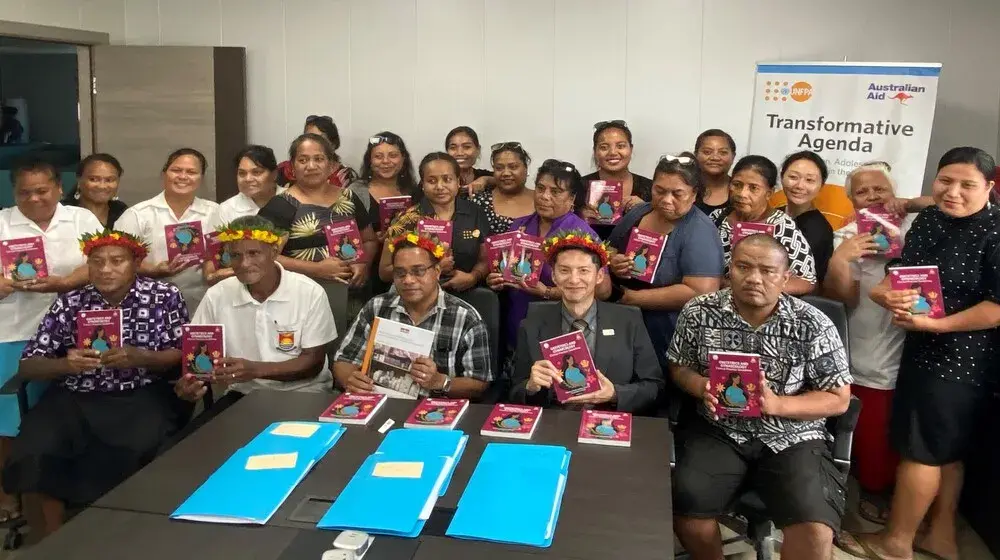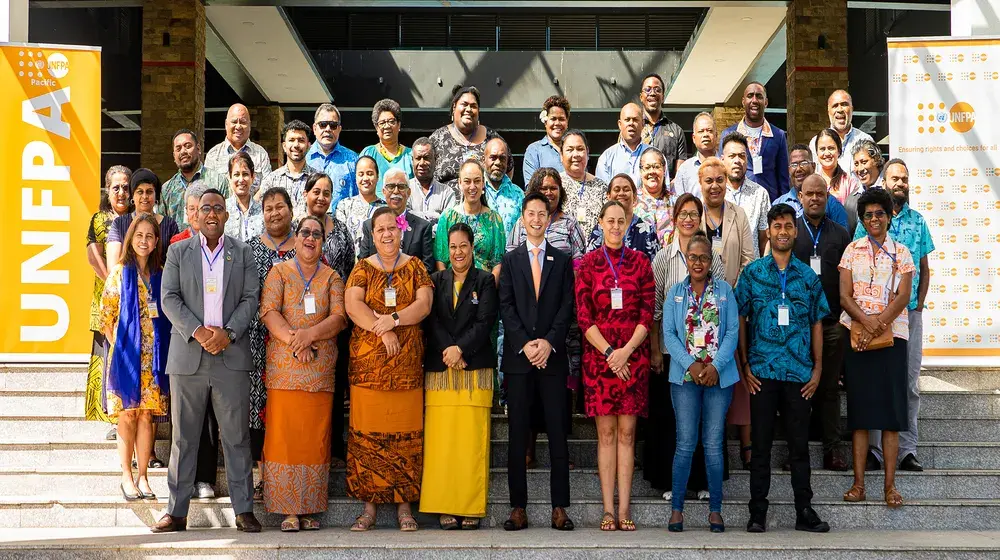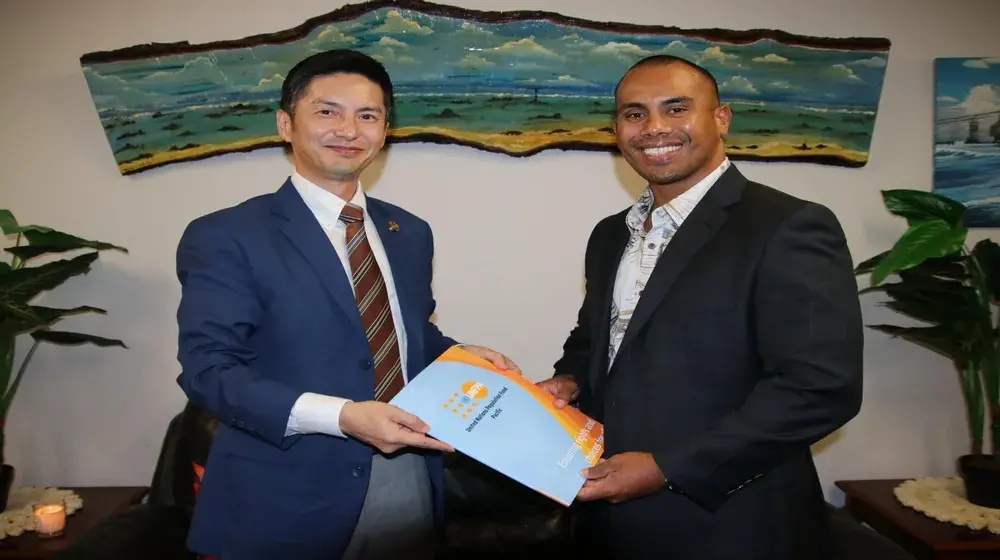Midwives from across the Pacific region are in Samoa this week attending the Pacific Society for Reproductive Health (PSRH) workshop, where they will be developing a regional midwifery strategy to increase the visibility and influence of the midwifery cadre in the region.
"Midwives and nurse-midwives are a vital Reproductive, Maternal, Neonatal, Child and Adolescent Health (RMNCAH) cadre because they are competent to provide a wide range of RMNCAH interventions across the entire continuum of care, and are thus critical to addressing RMNCAH morbidity and mortality," said Dr. Titilola, SRHR Advisor, UNFPA Pacific.
In the Pacific, though there have been some positive trends in RMNCAH indicators, including for maternal mortality ratio, many countries still have rates that are above the 2030 SDG target of 70 per 100,000 live births. Stillbirth and neonatal mortality rates are still high in a number of countries, with neonatal mortality way above the SDG 2030 global targets of 12 per 1,000 live births. There is still high STI prevalence among pregnant women and especially among young people. Cervical cancer is also still a significant cause of SRH morbidity/mortality; while in 6 out of 14 Pacific Island Countries (PICs) the adolescent birth rate is on the increase and unmet need for family planning remains high at 20% and above.
Though midwives can meet 90% of the need for the RMNCAH interventions essential to address these challenges, they only account for 10% of the Pacific RMNCAH workforce, with the region’s nurses not pursuing a midwifery career to help address the shortages.
We at UNFPA renew our commitment to working with our partners and stakeholders across the Pacific to strengthen midwifery skills and capacities.





